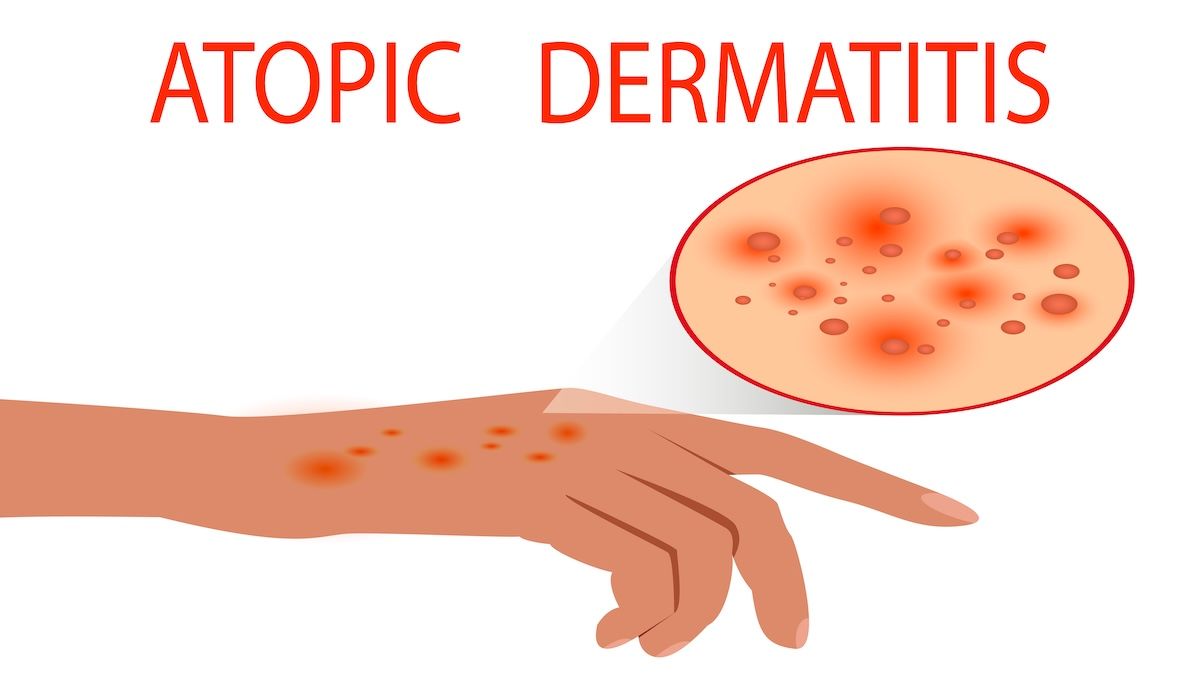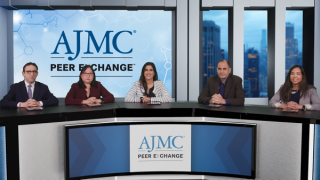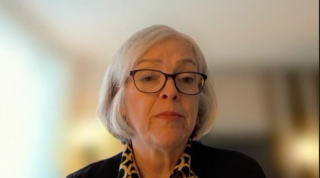
Clinical
Latest News
Latest Videos

CME Content
More News

Subcutaneous amivantamab plus chemotherapy offers an equally effective treatment for EGFR exon 20 insertion non–small cell lung cancer (NSCLC), mirroring PAPILLON results of the intravenous formulation, explained Sun Lim Min, MD, PhD.

This article reviews the safety, efficacy, and regulatory concerns related to compounded semaglutide, with a focus on how health care providers can offer guidance and education to patients.

Extended hospital stays among Medicare Advantage beneficiaries translated to an estimated 1.8 million additional hospital bed days in 2022.

While body mass index (BMI) accurately identified excess adiposity in nearly all children and adolescents with obesity, it failed to detect many of those without obesity who still had excess body fat.

More frequent routine primary care visits for certain higher-risk commercially insured adults are associated with lower net population-level health care costs.
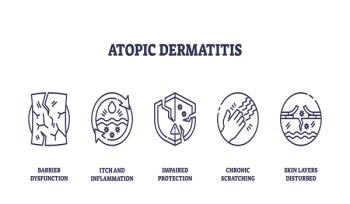
Discontinuing dupilumab for atopic dermatitis (AD) may increase relapse risk, which requires ongoing management and tailored treatment strategies to manage that risk.

Panelists discuss how biologic therapy selection depends on disease burden rather than just body surface area (BSA), with monitoring requiring objective measures, patient-reported outcomes, and specialized photography documentation for patients with darker skin tones.

Panelists discuss how patients with darker skin tones often experience delayed diagnosis due to misidentification as fungal infections or other conditions, emphasizing the importance of shared decision-making and patient education about the immune-mediated nature of the disease.

Patients with ovarian cancer who undergo BRCA testing face higher health care resource utilization (HCRU) and costs but are more likely to receive genomically targeted therapies and progress to later lines of treatment (LOT).

BeOne Medicines reveals promising results for sonrotoclax, a next-gen BCL2 inhibitor, in treating relapsed mantle cell lymphoma, addressing critical patient needs.

New abstracts from the 26th International Workshop on Clinical Pharmacology of HIV, Hepatitis, and Other Antiviral Drugs 2025 found that ACC017 showed promise in its use as an antiretroviral therapy.

A new study evaluated real-world data on the efficacy of GLP-1s in patients with obesity and heart failure with preserved ejection fraction (HFpEF), confirming findings from prior research.

Long-term follow-up data on the use of BCMA-directed RNA chimeric antigen receptor T-cell therapy (CAR T) for refractory generalized myasthenia gravis show patient outcomes at 2, 3, 6, 9, and 12 months.
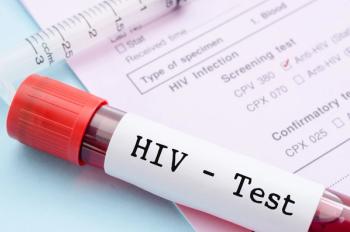
Patients had better linkage to care for HIV and HIV was more frequently diagnosed when it was tested alongside other sexually transmitted infections (STIs), such as chlamydia and gonorrhea.

Ovarian cancer deaths remain uneven across age, geography, and racial and ethnic groups, highlighting the need for targeted interventions.

The FDA has approved rilzabrutinib (Wayrilz; Sanofi) as a groundbreaking treatment for immune thrombocytopenia (ITP), enhancing patient outcomes and quality of life.

Patients with chronic obstructive pulmonary disease (COPD) who smoke were less likely to receive tobacco dependence treatment (TDT) if they lived in rural areas or had longer travel times to care, highlighting persistent geographic disparities in access.
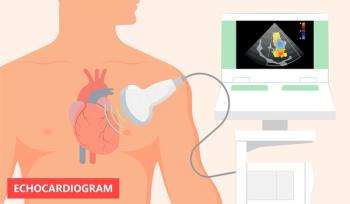
Close to 40% of patients with right heart failure and pulmonary arterial hypertension (PAH) who remain critically ill and require admittance to the intensive care unit die within 1 year of that hospitalization.
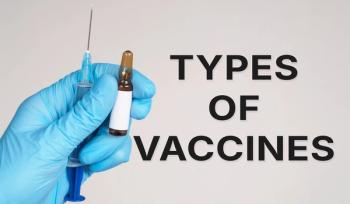
There are many types of vaccine technologies, and this article will explore a diverse set that includes attenuated live pathogens and toxoid vaccines, highlighting their mechanisms, benefits, and limitations.

Neoadjuvant chemotherapy followed by interval cytoreductive surgery significantly improves survival rates in patients with advanced ovarian cancer compared with chemotherapy alone.

Efgartigimod shows promise as a groundbreaking treatment for seronegative generalized myasthenia gravis (gMG), addressing a critical unmet need in patient care.

Families reported quality of life improvements when they used peanut oral immunotherapy instead of simply avoiding peanuts.

Panelists discuss how atopic dermatitis (AD) presents differently across skin tones, appearing as purple, gray, or barely visible inflammation rather than classic redness, with perifollicular prominence and postinflammatory pigmentation changes being more prominent in patients with darker skin.

Panelists discuss how atopic dermatitis (AD) extends far beyond pruritus to include pain, sleep disturbances, psychosocial stigma, and quality-of-life impacts that affect patients’ work, school, and daily functioning regardless of disease severity.

Many patients later diagnosed with high-grade serous cancer had prior surgical or genetic testing opportunities that could have reduced their ovarian cancer risk, underscoring the need to expand opportunistic salpingectomy and preventive strategies.





